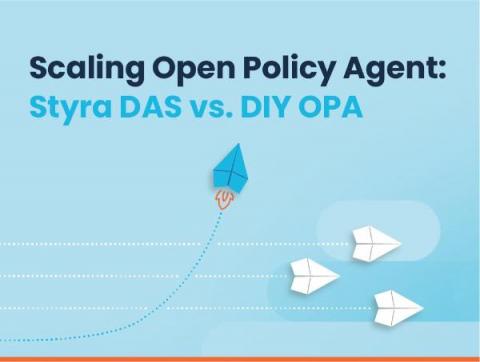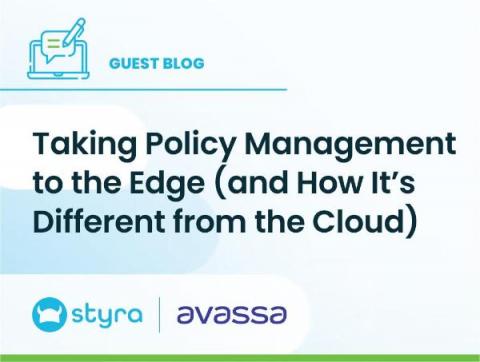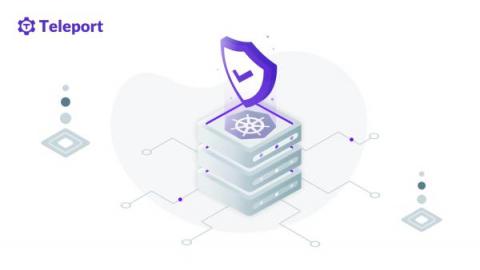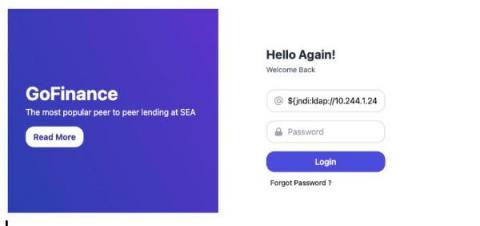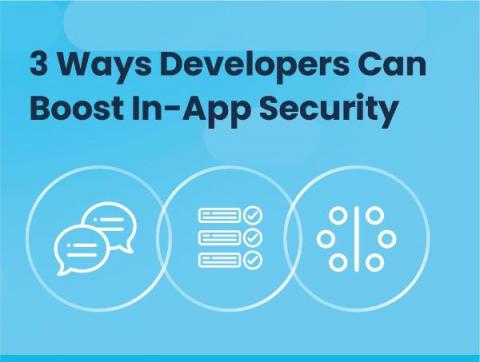Mitigating controls for cloud-native applications: Why you need them and how Calico Cloud can help
Fixing vulnerabilities can be hard—especially so for cloud-native applications. Let’s take a deeper look at why this is, and how mitigating controls can help secure your cloud-native applications.



